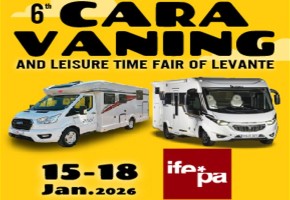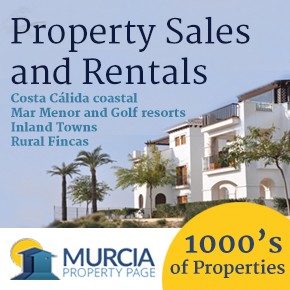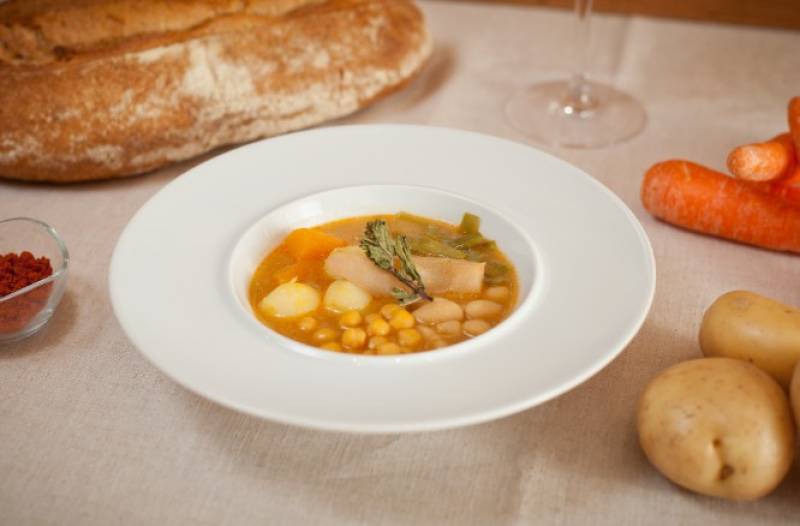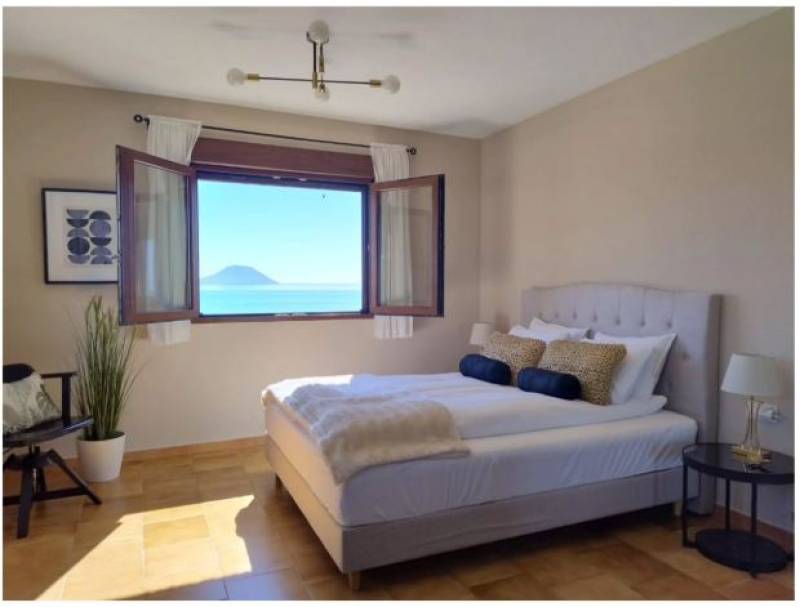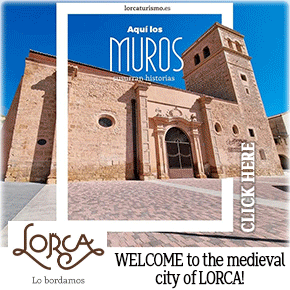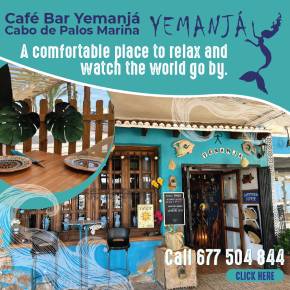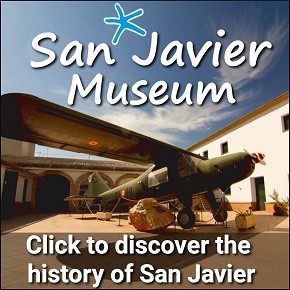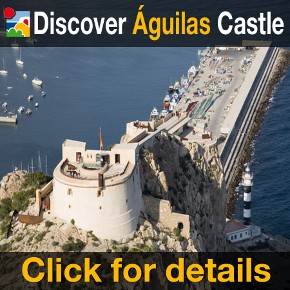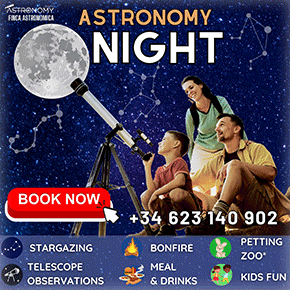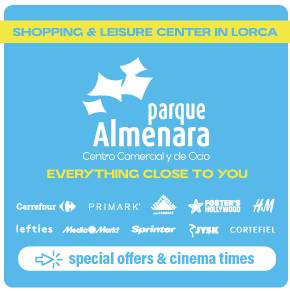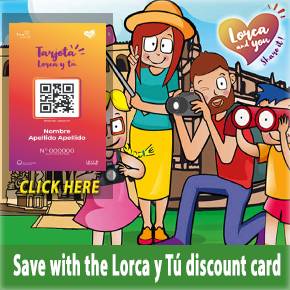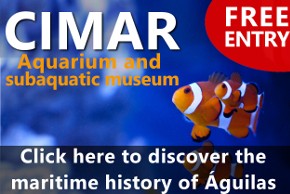- Region
- Águilas
- Alhama de Murcia
- Jumilla
- Lorca
- Los Alcázares
- Mazarrón
- San Javier
-
ALL AREAS & TOWNS
- AREAS
- SOUTH WEST
- MAR MENOR
- MURCIA CITY & CENTRAL
- NORTH & NORTH WEST
- TOWNS
- Abanilla
- Abarán
- Aguilas
- Alamillo
- Alcantarilla
- Aledo
- Alhama de Murcia
- Archena
- Balsicas
- Blanca
- Bolnuevo
- Bullas
- Cañadas del Romero
- Cabo de Palos
- Calasparra
- Camping Bolnuevo
- Campo De Ricote
- Camposol
- Canada De La Lena
- Caravaca de la Cruz
- Cartagena
- Cehegin
- Ceuti
- Cieza
- Condado de Alhama
- Corvera
- Costa Cálida
- Cuevas De Almanzora
- Cuevas de Reyllo
- El Carmoli
- El Mojon
- El Molino (Puerto Lumbreras)
- El Pareton / Cantareros
- El Raso
- El Valle Golf Resort
- Fortuna
- Fuente Alamo
- Hacienda del Alamo Golf Resort
- Hacienda Riquelme Golf Resort
- Isla Plana
- Islas Menores & Mar de Cristal
- Jumilla
- La Azohia
- La Charca
- La Manga Club
- La Manga del Mar Menor
- La Pinilla
- La Puebla
- La Torre
- La Torre Golf Resort
- La Unión
- Las Palas
- Las Ramblas
- Las Ramblas Golf
- Las Torres de Cotillas
- Leiva
- Librilla
- Lo Pagan
- Lo Santiago
- Lorca
- Lorquí
- Los Alcázares
- Los Balcones
- Los Belones
- Los Canovas
- Los Nietos
- Los Perez (Tallante)
- Los Urrutias
- Los Ventorrillos
- Mar De Cristal
- Mar Menor
- Mar Menor Golf Resort
- Mazarrón
- Mazarrón Country Club
- Molina de Segura
- Moratalla
- Mula
- Murcia City
- Murcia Property
- Pareton
- Peraleja Golf Resort
- Perin
- Pilar de la Horadada
- Pinar de Campoverde
- Pinoso
- Playa Honda
- Playa Honda / Playa Paraíso
- Pliego
- Portmán
- Pozo Estrecho
- Puerto de Mazarrón
- Puerto Lumbreras
- Puntas De Calnegre
- Region of Murcia
- Ricote
- Roda Golf Resort
- Roldan
- Roldan and Lo Ferro
- San Javier
- San Pedro del Pinatar
- Santiago de la Ribera
- Sierra Espuña
- Sucina
- Tallante
- Terrazas de la Torre Golf Resort
- Torre Pacheco
- Totana
- What's On Weekly Bulletin
- Yecla


- EDITIONS:
 Spanish News Today
Spanish News Today
 Alicante Today
Alicante Today
 Andalucia Today
Andalucia Today
The Enrique Escudero de Castro archaeological museum in Cartagena
Museo Arqueológico Municipal Enrique Escudero de Castro in Cartagena
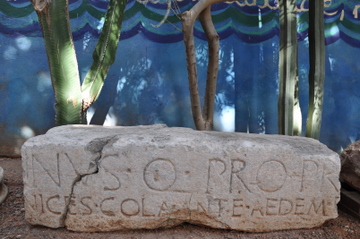
The burial ground occupied an area of 700 square metres and occupied the western bank of an ancient lagoon which constituted the northern boundary of the city, but which has now disappeared. As a burial place it reflects the huge change in religious practices at the time of its use, and many of the burials are those of early Christians in the area, possibly fleeing from the Vandals in northern Africa.

There are also remains of "family vaults" on the site, the forebears of the cemeteries that occupy Spain today.
The museum is an excellent place to start a history trail and try to understand the sequence of historical events in the city and the surrounding area: click here for a more complete history of Cartagena.
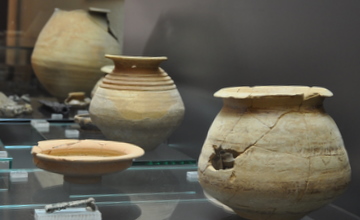
These are followed by the Bronze Age and traces of the Phoenicians, who traded throughout the Mediterranean basin and brought the potter's wheel, prosperity and the skills of metallurgy. Then the focus shifts to the Iberian tribes with whom they traded, a people who gradually lost their own identity following the invasion of the Romans, adopting Roman customs and practices until they disappeared altogether as a distinct culture.
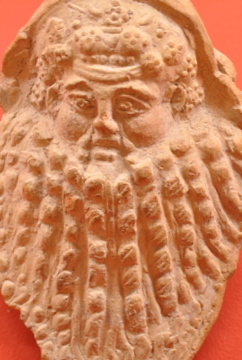
These civilisations were followed by the Carthaginians, Romans, Vandals, Vizigoths and Byzantines, then the Moors and finally the Christians. Such has been the turbulent past of what is now known as Cartagena, and there are helpful reminders of the order in which these cultural influences came!
Each race left its mark and artifacts through 3,000 years of history, and the museum houses collections from all races and periods with interesting sections dedicated .to important local activities such as mining.
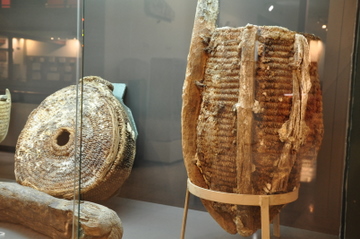
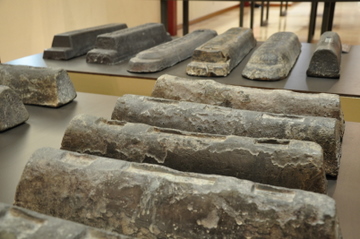
Other noteworthy exhibits include a vast selection of Roman funerary stonework and Roman sculptures and artifacts.
The museum also has upstairs exhibition space and conference facilities from which free seminars are run, as well as a childrens activities area with educational games.
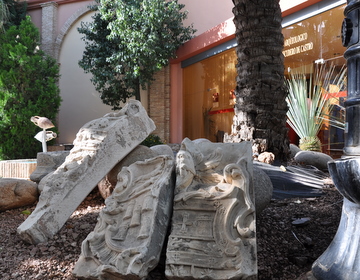
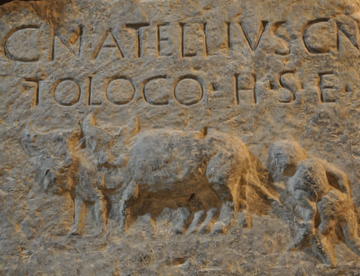
Location: Calle Ramon y Cajal, 45. This is close to the El Corte Inglés store but is a fair walk away from the other main tourist attractions of the city.
Opening Times:
Tuesday-Friday 10.00 to 14.00 and 17.00 to 20.00
Weekends 11.00 to 14.00
Closed on Mondays and public holidays.
Telephone: 968 128968
Disability Access
Access. There is a tiny step at the front door, but once inside, the aisles are wide and spacious with plenty of room for wheelchairs. Those with limited mobility ought to experience few problems here.
Cartagena
El Carmoli
Islas Menores and Mar de Cristal
La Manga Club
La Manga del Mar Menor
La Puebla
La Torre Golf Resort
La Union
Los Alcazares
Los Belones
Los Nietos
Los Urrutias
Mar Menor Golf Resort
Pilar de la Horadada
Playa Honda / Playa Paraiso
Portman
Roldan and Lo Ferro
San Javier
San Pedro del Pinatar
Santa Rosalia Lake and Life resort
Terrazas de la Torre Golf Resort
Torre Pacheco
Aledo
Alhama de Murcia
Bolnuevo
Camposol
Condado de Alhama
Fuente Alamo
Hacienda del Alamo Golf Resort
Lorca
Mazarron
Puerto de Mazarron
Puerto Lumbreras
Sierra Espuna
Totana
Abaran
Alcantarilla
Archena
Blanca
Corvera
El Valle Golf Resort
Hacienda Riquelme Golf Resort
Lorqui
Molina de Segura
Mosa Trajectum
Murcia City
Peraleja Golf Resort
Ricote
Sucina
Condado de Alhama
El Valle Golf Resort
Hacienda del Alamo Golf Resort
Hacienda Riquelme Golf Resort
Islas Menores and Mar de Cristal
La Manga Club
La Torre Golf Resort
Mar Menor Golf Resort
Mazarron Country Club
Mosa Trajectum
Peraleja Golf Resort
Santa Rosalia Lake and Life resort
Terrazas de la Torre Golf Resort
La Zenia
Lomas de Cabo Roig
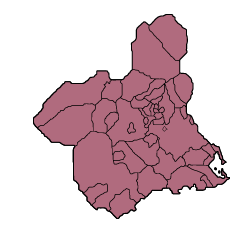
CAMPOSOL TODAY Whats OnCartagena SpainCoronavirusCorvera Airport MurciaMurcia Gota Fria 2019Murcia property news generic threadWeekly Bulletin

